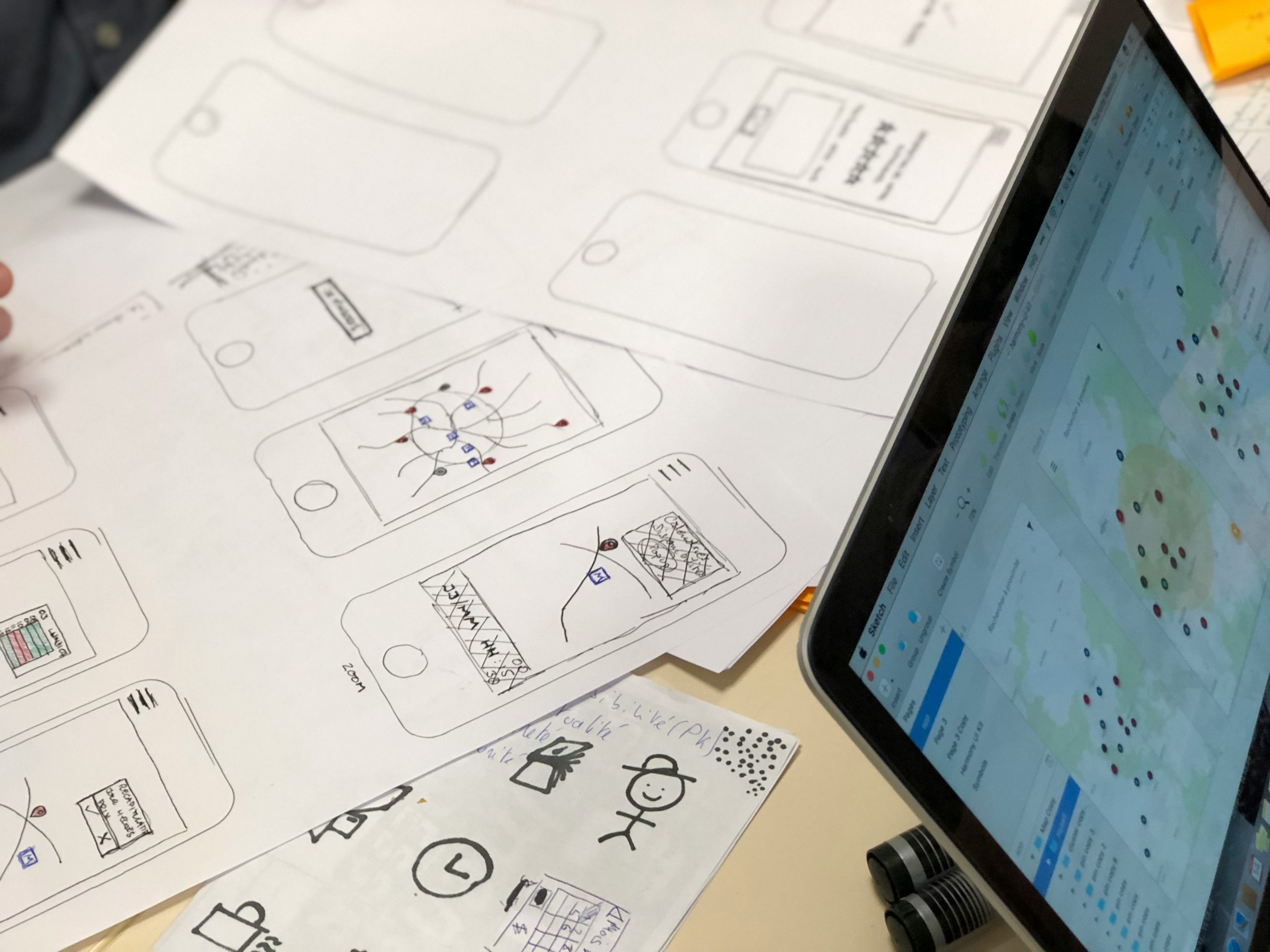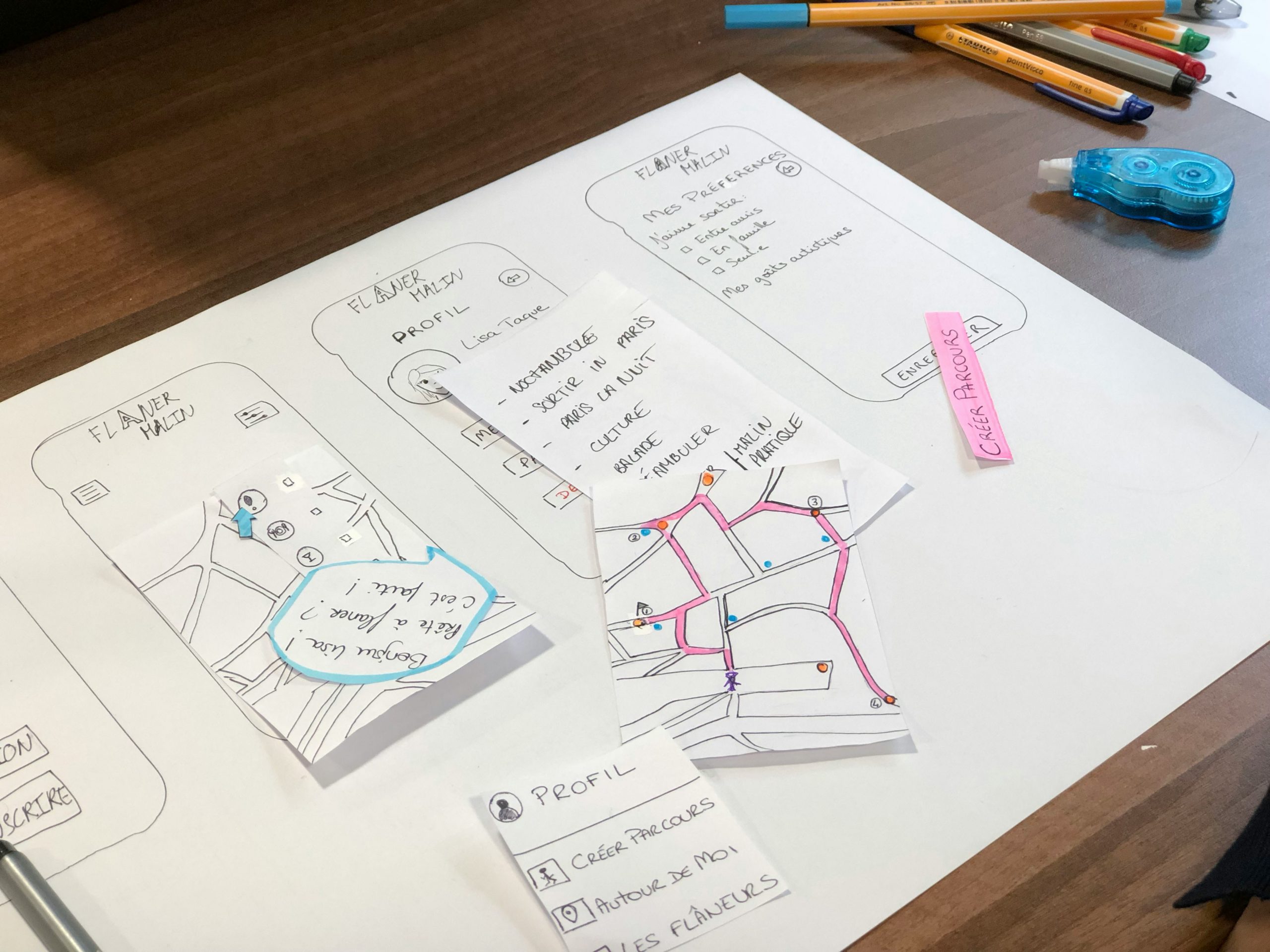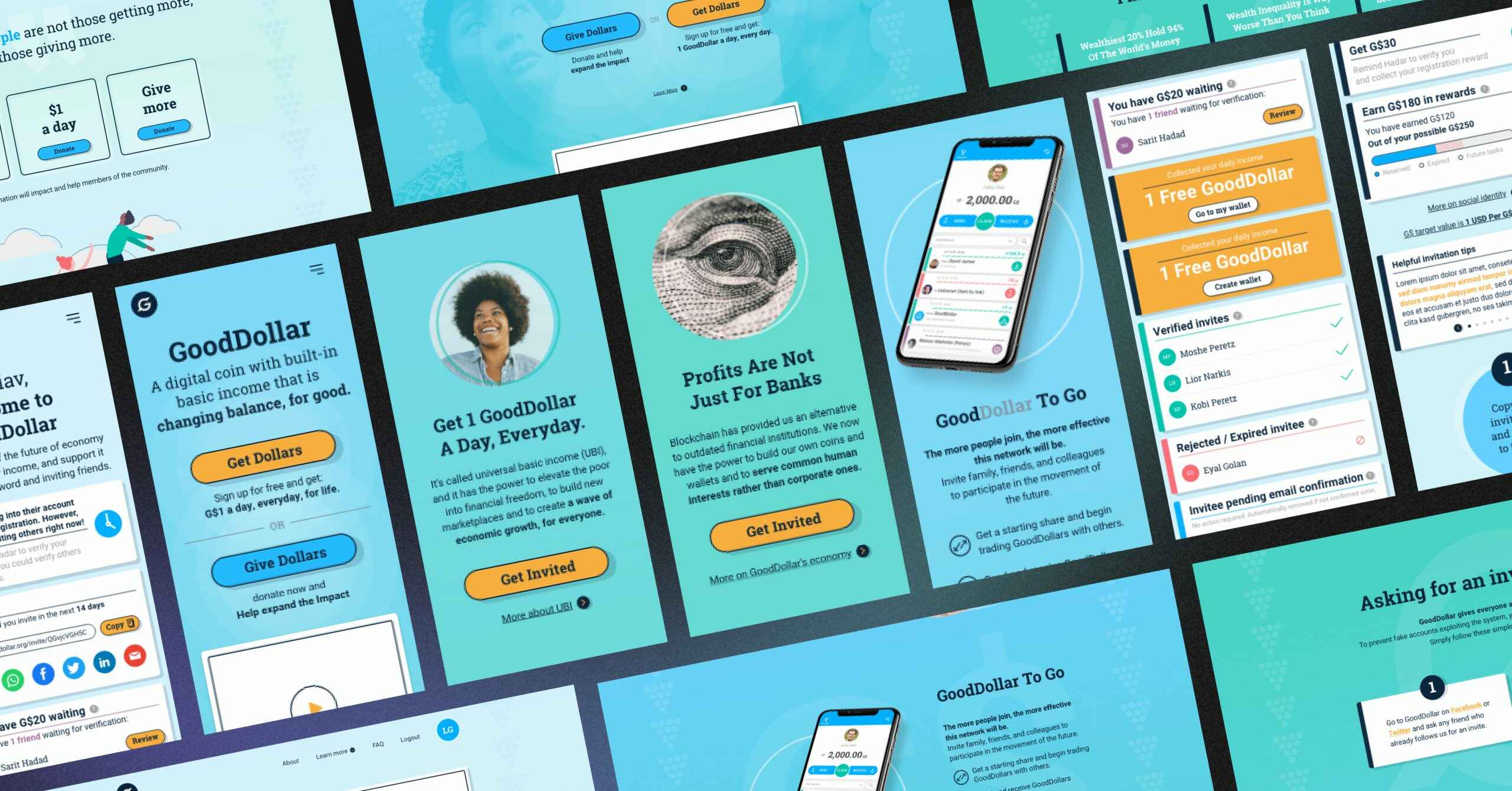We at WeSoftYou understand the importance of utilizing Agile development methodologies when building Minimum Viable Products (MVPs). From our experience as a software development company with a proven track record, we know that Agile approaches provide numerous benefits in delivering successful MVPs efficiently. In this article, we will delve into the principles of Agile development, the concept of MVP, integrating Agile with MVP, and different Agile methodologies suitable for MVP development services. We will also explore how to evaluate the success of the Agile-MVP approach and discuss future trends in Agile-MVP development.
What Is Agile Development?
The Principles of Agile Development
Agile development is an iterative and flexible approach that prioritizes collaboration, adaptability, and fast delivery. The principles of Agile development revolve around individuals and interactions, working software, customer collaboration, and responding to change. By embracing these principles, development teams can create an environment that fosters efficiency and dexterity.
At its core, Agile development values the power of teamwork and effective communication. It recognizes that successful software development is not just about writing code, but also about building strong relationships and understanding the needs of all stakeholders involved. By placing emphasis on individuals and interactions, Agile methodologies encourage developers to work closely together, share knowledge, and support each other throughout the development process.
Furthermore, Agile development promotes the importance of delivering working software. It recognizes that the true value of a software project lies in its functionality and usability. Rather than focusing solely on documentation or plans, Agile methodologies prioritize the creation of tangible and functional software that can be tested and refined. This iterative approach allows for early and continuous feedback, ensuring that the software meets the evolving needs of the users.
Key Benefits of Agile Development
Agile development offers several key benefits when developing Minimum Viable Products (MVPs).
-
Early and Frequent Delivery: Agile development facilitates the rapid release of valuable features, minimizing time to market. This iterative approach empowers startups and businesses to swiftly gather user feedback, enabling timely adjustments for enhanced product desirability and success.
-
Close Collaboration: Agile methodologies prioritize continuous and meaningful engagement between developers and stakeholders. Unlike sporadic interactions, this collaborative approach ensures stakeholders’ perspectives and insights are consistently considered throughout the development process. The result is a product that accurately aligns with their expectations.
-
Continuous Improvement: Agile practices promote ongoing enhancement through regular retrospectives and feedback loops. By identifying areas for improvement and refining processes, development teams optimize productivity. This commitment to learning and adaptation fosters sustained growth and innovation, ensuring agility in response to change.
-
Transparency and Trust: Agile development cultivates an environment of openness and honesty, fostering transparent communication. Team members feel empowered to share ideas, concerns, and challenges, facilitating effective collaboration. This transparency enables prompt resolution of issues, ultimately leading to better outcomes.
In conclusion, Agile development is a powerful approach that empowers development teams to deliver high-quality software in a collaborative and adaptable manner. By embracing the principles of Agile development and leveraging its key benefits, organizations can navigate the complexities of software development with agility and efficiency.
The Concept of Minimum Viable Product (MVP)
What is an MVP?
Before diving into the Agile-MVP approach, it’s essential to understand the concept of a Minimum Viable Product (MVP). An MVP is a version of a product that includes a minimum set of features, allowing it to be released to early adopters for validation and feedback. It is a lean approach to product development that emphasizes learning and iteration.
We at WeSoftYou believe that developing an MVP is a strategic approach for businesses, startups, and entrepreneurs. By launching an MVP, you can validate assumptions, test market demand, and gather crucial feedback without investing excessive time and resources into a full-scale product.
The Role of MVP in Product Development
From our experience, incorporating the MVP approach in product development can mitigate risks and increase chances of success. By focusing on building a core set of features, you can quickly gather user insights, understand market needs, and iterate based on real data. This iterative process enables you to refine and improve the product incrementally, reducing the likelihood of developing a product that does not address market demands.
Moreover, launching an MVP enables you to validate your business model and attract potential investors by showcasing your product’s potential in a tangible and measurable manner. Investors are more likely to support projects that demonstrate a solid understanding of market needs and a clear path to future growth.
Let’s take a closer look at how an MVP can benefit your product development journey. By releasing a product with a minimum set of features, you can gather valuable feedback from early adopters. This feedback allows you to identify pain points, understand user preferences, and make informed decisions about future product enhancements.
For example, imagine you are developing a mobile app for a fitness tracking service. Instead of spending months building a fully-featured app, you could launch an MVP with basic tracking capabilities, such as step counting and calorie tracking. This initial release would allow you to gauge user interest, gather feedback on the user interface, and identify any technical issues that need to be addressed.
Based on the feedback received, you can then prioritize and plan future iterations of the product. This approach ensures that you are building a product that meets the needs of your target audience, rather than making assumptions based on internal opinions or market trends.
Furthermore, the MVP approach can help you manage resources effectively. By focusing on a minimum set of features, you can allocate your development resources efficiently and avoid wasting time and effort on unnecessary functionalities. This lean approach allows you to conserve resources and make strategic decisions about where to invest your time and money.
In conclusion, the concept of a Minimum Viable Product (MVP) is a valuable strategy for product development. By launching an MVP, you can validate assumptions, gather feedback, and refine your product based on real user data. This iterative approach not only reduces risks but also increases the chances of building a successful product that meets market demands. So, whether you are a startup or an established business, consider incorporating the MVP approach into your product development process to maximize your chances of success.
Integrating Agile Development with MVP
Steps to incorporate Agile into MVP Development
When integrating Agile development with MVP, it is crucial to follow certain steps to ensure a seamless and successful implementation.
- Define MVP goals: Clearly outline the goals and scope of your MVP. Focus on core features and functionalities that align with your product vision and customer needs.
- Create a backlog: Collaboratively create a backlog of user stories and prioritize them based on their value and dependencies.
- Plan iterations: Divide the development process into short iterations or sprints, usually ranging from one to four weeks. Define the goals and features to be accomplished within each iteration.
- Implement and test: Develop and deploy the iteratively planned features, ensuring continuous integration and testing.
- Gather feedback and iterate: After each iteration, gather user feedback and insights. Use this feedback to inform further development and prioritize future features.
Challenges and Solutions in Agile-MVP Integration
While Agile-MVP integration offers numerous benefits, it also presents some challenges.
-
Managing Stakeholder Expectations: Communicate the value of iterative development to align expectations with the MVP’s scope. Foster a buy-in mindset by emphasizing the benefits of incremental delivery and rapid feedback incorporation.
-
Balancing Functionality and Quality: Prioritize automated testing, continuous integration, and code quality practices to ensure functional reliability while delivering essential features. This ensures that the MVP meets minimum quality standards despite its iterative nature.
-
Maintaining Collaboration and Communication: Establish clear channels of communication and foster a culture of transparency and open dialogue. Regular stand-up meetings, sprint reviews, and retrospectives facilitate effective collaboration, ensuring alignment among cross-functional teams.
-
Managing Changing Requirements: Embrace change as an opportunity for improvement and flexibility. Regularly reassess priorities and adapt the backlog based on user feedback and market dynamics. This ensures that the MVP remains aligned with evolving customer needs and business objectives.
Agile Methodologies for MVP Development
Scrum Methodology
Scrum is one of the most popular Agile methodologies used for MVP development. It is an iterative and incremental approach that divides the development process into fixed-length sprints. The Scrum framework includes specific roles, ceremonies, and artifacts that facilitate effective collaboration, flexibility, and transparency.
From our experience, Scrum provides clear visibility into the development process, enabling teams to adapt and adjust based on real-time feedback. The Scrum framework fosters collaboration among development team members, stakeholders, and product owners, ensuring that everyone is aligned and informed throughout the development journey.
During the sprint planning phase, the development team identifies the user stories and tasks that will be completed in the upcoming sprint. Each task is estimated and assigned to team members, ensuring a balanced workload. Daily stand-up meetings are held to discuss progress, challenges, and any adjustments needed to keep the project on track.
At the end of each sprint, a sprint review meeting is conducted to showcase the completed work to stakeholders and gather their feedback. This feedback is then used to refine and prioritize the product backlog, ensuring that the most valuable features are developed first.
Kanban Methodology
Kanban is another Agile methodology that can be applied effectively in MVP development. Kanban is based on visualizing the workflow and maximizing flow efficiency. It utilizes a Kanban board, which visualizes tasks and their progress, enabling teams to identify bottlenecks, improve lead time, and optimize resource allocation.
By adopting Kanban, development teams can gain a clear understanding of the work in progress and the upcoming tasks. This allows for better coordination and optimization of resources, resulting in faster and more streamlined development cycles.
The Kanban board consists of columns representing different stages of the development process, such as “To Do,” “In Progress,” and “Done.” Each task is represented by a card that moves across the board as it progresses. This visual representation provides a shared understanding of the team’s workflow and helps identify any blockers or delays.
One of the key principles of Kanban is limiting work in progress (WIP). By setting a maximum number of tasks that can be in progress at any given time, teams can prevent overloading and maintain a steady flow of work. This helps reduce multitasking and improves focus, leading to higher productivity.
Lean Development Methodology
A Lean development methodology aligns well with the concept of MVP as it emphasizes eliminating waste and maximizing value. Lean development focuses on providing value to customers while minimizing resources, time, and effort. It aims to continuously deliver value by iteratively improving processes and reducing waste.
From our experience, integrating Lean principles in MVP development ensures a laser-like focus on delivering value to customers. By eliminating unnecessary steps, optimizing workflows, and gathering regular feedback, Lean development helps development teams create a streamlined and efficient process.
One of the core principles of Lean is the concept of “just-in-time” delivery. This means delivering features or functionalities only when they are needed, reducing the risk of building unnecessary features that may not align with customer needs. By prioritizing features based on customer feedback and market demand, Lean development ensures that the MVP focuses on delivering the most valuable features first.
Another key aspect of Lean development is continuous improvement. Development teams regularly reflect on their processes, identify areas for improvement, and implement changes to increase efficiency and value delivery. This iterative approach allows for ongoing optimization and adaptation, ensuring that the MVP evolves based on real-world feedback and market dynamics.
How to Measure Success of Agile-MVP Approach?
Key Metrics for Tracking Agile-MVP Success
Measuring the success of an Agile-MVP approach requires using relevant metrics to track progress and effectiveness. While metrics may vary depending on the nature of the MVP, some common indicators include customer satisfaction, user engagement, conversion rates, and time-to-market.
Regularly analyzing these metrics allows you to make data-driven decisions and adjust your development strategy accordingly. By constantly monitoring and evaluating the success of your Agile-MVP approach, you can ensure that your MVP aligns with your goals and continuously delivers value to users.
Continuous Improvement in Agile-MVP Approach
Continuous improvement is a vital aspect of the Agile-MVP approach. By embracing a retrospective mindset, development teams can identify areas for enhancement and implement continuous improvements to their processes, workflows, and methodologies.
From our experience, holding regular retrospectives, gathering feedback from stakeholders and team members, and implementing the suggested improvements enables teams to refine their Agile-MVP practices, enhance efficiency, and deliver even better MVPs in the future.
Future Trends in Agile-MVP Development
The Role of AI
As technology continues to advance, the role of artificial intelligence (AI) in Agile-MVP development is becoming increasingly prominent. AI can enhance several stages of the development process, including data analysis, automated testing, and personalized user experience.
From our perspective, leveraging AI in Agile-MVP development can result in improved efficiency, increased accuracy, and enhanced user satisfaction. By integrating AI capabilities into MVPs, businesses can stay ahead of the competition and deliver cutting-edge products that meet the evolving needs of users.
The Impact of Remote Work
Remote work has become a new norm, especially in the wake of recent global events. The impact of remote work on Agile-MVP processes is significant and requires adaptation to ensure seamless collaboration and efficient development.
We at WeSoftYou have observed that leveraging collaborative tools, establishing clear communication channels, and implementing robust project management practices can help development teams successfully navigate the challenges of remote work while maintaining the Agile-MVP principles.
We at WeSoftYou have observed that leveraging collaborative tools, establishing clear communication channels, and implementing robust project management practices can help development teams successfully navigate the challenges of remote work while maintaining the Agile-MVP principles.
Conclusion
As a conclusion, Agile development methodologies offer an effective and efficient approach to MVP development. By integrating Agile principles with MVP, businesses can build successful products that meet user needs and market demands. We at WeSoftYou are experienced in implementing Agile methodologies tailored specifically for MVP development. Our expertise can help founders, CTOs, and CEOs in delivering high-quality MVPs while minimizing risks and maximizing value.
Ready to transform your vision into a tangible, market-ready MVP with the expertise of WeSoftYou? Our commitment to quality, top-tier talent, and precise project estimates sets us apart, ensuring your software solution not only meets but surpasses expectations. Contact us to get a quote and take the first step towards a partnership that will elevate your product to new heights.
FAQ
Agile development is an iterative and flexible approach that prioritizes collaboration, adaptability, and fast delivery. It focuses on breaking down complex projects into manageable iterations to allow for continuous feedback and adjustments.
Agile development is vital for MVPs as it enables early and frequent delivery of valuable features, reduces time to market, and promotes collaboration between developers and stakeholders. It also encourages continuous improvement, ensuring continuous delivery of value to users.
An MVP benefits product development by allowing businesses to validate assumptions, test market demand, and gather crucial feedback without investing excessive time and resources into a full-scale product. It mitigates risks and increases the chances of developing a successful product that addresses market demands.
Some popular Agile methodologies suitable for MVP development include Scrum, Kanban, and Lean development. These methodologies offer different frameworks and strategies for efficient and effective MVP development.
Measuring the success of an Agile-MVP approach involves tracking relevant metrics such as customer satisfaction, user engagement, conversion rates, and time-to-market. These metrics provide insights into the effectiveness and impact of the Agile-MVP approach.




















